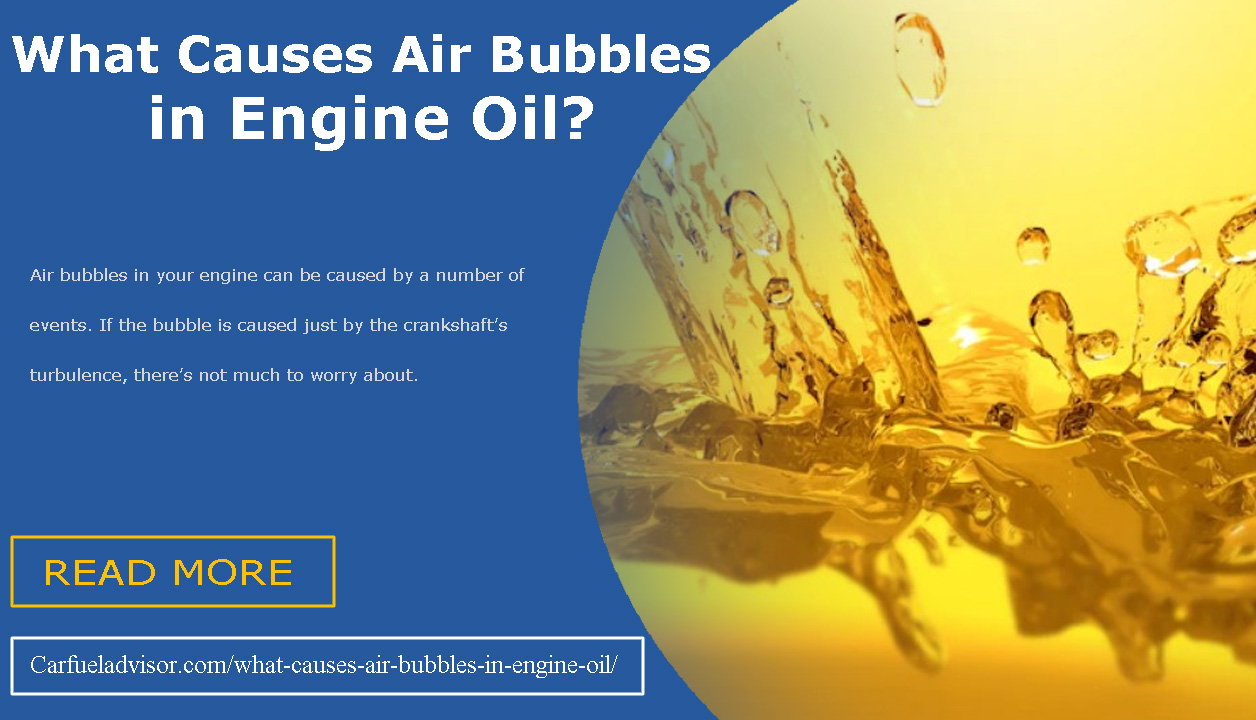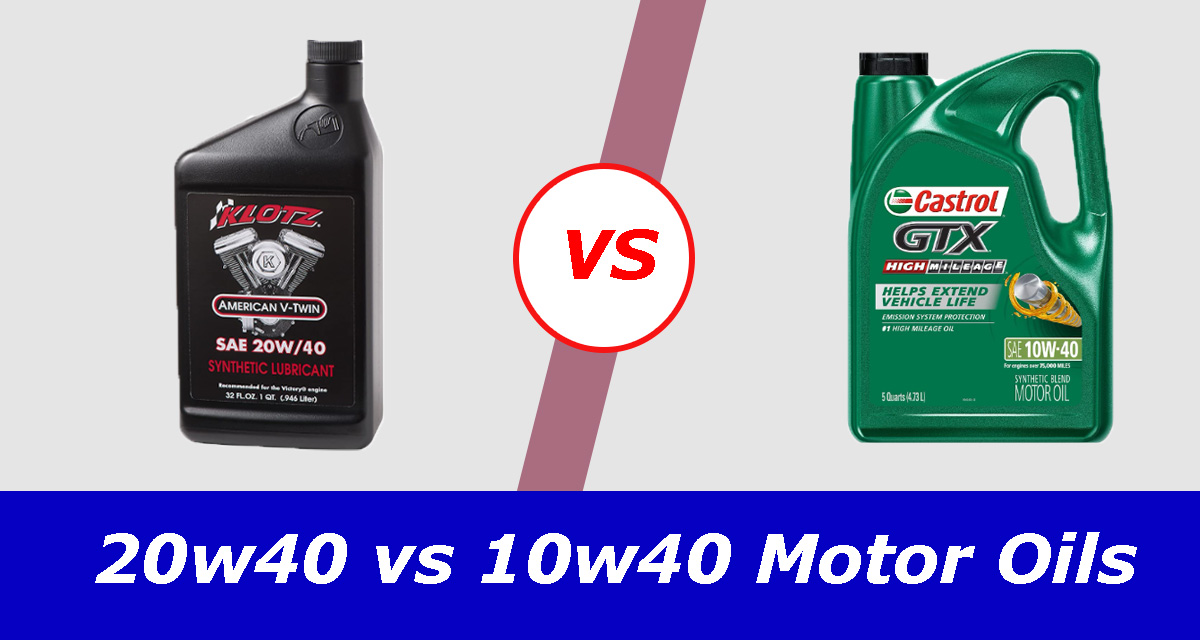We can’t blame you if you ever got perplexed seeing air bubbles in your oil dipstick. After all, oil is the lifeblood of a car, and the performance of your car depends upon its shape and cleanliness.
If you often use oil dipsticks to examine your oil condition, there is a chance that you have observed air bubbles in it at least once or more. As you might be wondering what can cause them, we are here to solve the puzzle. If you are really interested to know what causes air bubbles in engine oil, this article is a must-read for you!
What do bubbles on the oil dipstick mean?

If you find out air bubbles on your dipstick, it must have some reason behind it. For example, if you find brown bubbles on your oil dipstick and notice some bubbles in the level line of the oil, you should probably be a bit concerned. It might be an indication that your engine is currently leaking water or some kind of coolant (antifreeze).
When you have bubbles on your engine oil dipstick?
As we have already mentioned before, air bubbles can be visible when water or antifreeze is leaking and contaminating your engine. If you really find out the existence of coolant in your motor, you should repair it immediately.
So, if you find bubbles on the oil dipstick and notice that the transmission is engaging and slipping slowly, it might be the consequence of insufficient ATF level. Also, the oil pump might be intaking some air with the fluid. It can also happen due to the depressurization of oil passages, and there can be ATF leakage into the gaskets and the seals.
What are the Causes of Bubbles On Dipstick?

Overfilling the Sump
If you find out that your oil is bubbly the color hasn’t changed a bit, it can just be the reason for overfilling the sump. In this case, you can assume that the oil is being churned and aerated by the crank, which can cause significant damage to your engine.
Leak and Contamination
When the bubble or foam is much lighter in color, it can be the result of water or coolant contamination. If you encounter something like this, you might just have a leaking gasket head or a crack in your engine block. Especially, if you find out a thick and white foam on the dipstick, it can be an indicator that you’ve got some water from the cooling system pouring through the leaking gasket.
Cold Weather and Short Trips
The engine oil in your automobile flows through hundreds of tight spaces inside your engine. Every time the oil does so, it picks up some air bubbles. In normal weather conditions, the bubbles would simply pop at a point.
However, when the oil is cold, it tends to trap the air bubbles and turn the bubbles into foam. If your automobile is running in cold weather and you are making a lot of short trips, the oil would not get up to a convenient temperature and cause the bubbles to foam.
Other Causes
A light and yellow foam typically results from overfilling an engine with oil. Here, the solution is to drain some oil out of your engine. The oil might also tend to bubble a bit more when the oil or oil additives contain too much detergent.
Is it safe to have bubbles on the dipstick after an oil change?
You can compare engines with internal combustion with pumps using air. In order to transform the heat into motion, the air mixture must be moved in and out of the combustion chamber. Air needs to be displaced on the piston’s lower surfaces as well, or inside the engine’s crankcase.
The rotation of the crankshaft causes noise in your engine. The piston pushes in one direction only, and the connecting rods do the same. To simplify, the crankcase is quite a raging place indeed!
Because of the crankcase’s turbulence, your engine oil becomes frothy as the oil gets mixed with its surrounding air. Consequently, you may observe bubbles in the dipstick which is completely fine as long as your oil is not contaminated.
However, another reason for the bubble can be contamination in your engine oil. In such a case, it is critical to inspect your car.
The Final Verdict
Air bubbles in your engine can be caused by a number of events. If the bubble is caused just by the crankshaft’s turbulence, there’s not much to worry about. However, the bubbles can also be caused by contamination in the crankshaft.
It’s tough to identify contamination in an engine oil unless you are an expert yourself. So, if you are experiencing air bubbles in your engine oil, it is better to contact a mechanic as soon as you can.




